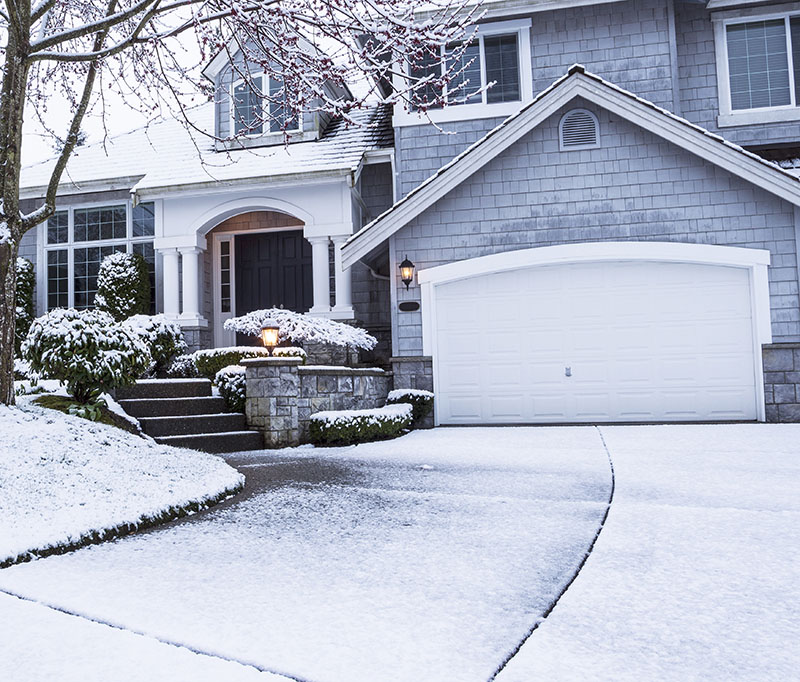Don’t Skip These Winterization Steps for Your Pier and Beam Foundation
If you’re in the middle of preparing your house for winter, don’t forget your foundation. Add these three key winterization steps to your to-do list for a worry-free winter.

1. Seal it to keep out animals.
When winter rolls around, all of the wild animals in your neighborhood are going to be looking for shelter. They’re certainly not going to knock a pier out of position, but they could cause slower damage that’s just as bad. Burrowing animals will dig through the soil, and that could start to destabilize the piers if they dig too deep. Animals also lead to rot and mildew that increase microbial decay and moisture in your crawlspace. Aside from being an unwanted hassle, this can shorten the lifespan of your foundation’s beams.
2. Add mulch, even if you don’t have foundation plants.
Summer is the prime season for foundation damage, but that doesn’t mean it’s safe during the winter. Soil can still dry out and constrict, which leave the edge of your foundation exposed to the elements. Mulch will help lock moisture — and a bit of heat — in the soil, even if there aren’t any plants. Even artificial mulch at least creates a barrier to stop water from rushing straight against your foundation.
3. Consider getting a dehumidifier.
The go-to health advice for cold season is getting a humidifier and a dehumidifier. It may seem funny at first, but your house can benefit from the same preventative care. Sometimes pier and beam foundations are subject to too much moisture, which causes rot and decay. If you recently installed a thick tile floor, that might trap even more moisture under your feet. Get a crawlspace dehumidifier that can cycle air in and out to keep the environment foundation-friendly.
When preventative maintenance isn’t enough, Dodson Foundation Repair can help. Contact us today for an inspection or to get quick, high-quality repairs.
